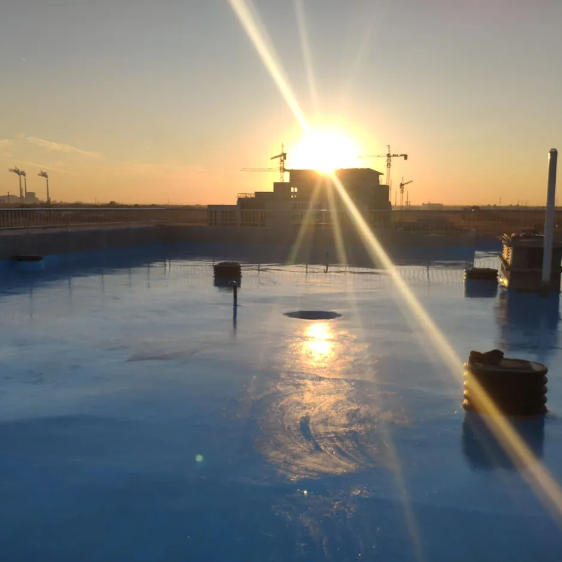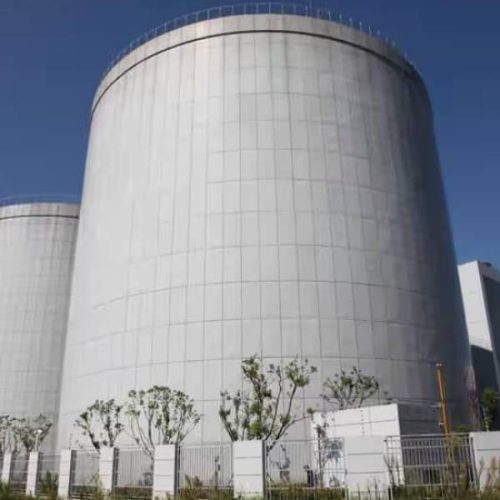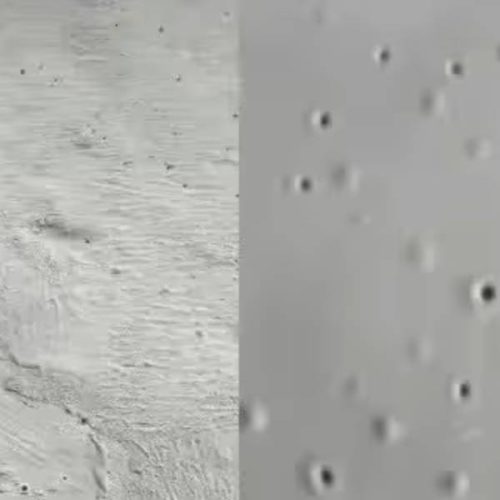Rigid and Flexible Waterproofing: Is There a Material that Combines Both?
When it comes to waterproofing, two concepts often come to mind: rigid and flexible waterproofing. Each type has its advantages and disadvantages, making the selection process quite challenging. Sometimes, the choice must be tailored to different areas, which can be time-consuming and laborious.

What are Rigid and Flexible Waterproofing?

Rigid Waterproofing
As the name suggests, rigid waterproofing relies on the material's density and strength to prevent water ingress, but it lacks elasticity. The materials used are typically cement and sand, or they may include polymers and a few additives. By adjusting the mix or reducing porosity to enhance compactness, a cementitious concrete with certain impermeability is created. In essence, this waterproofing method employs mortar or concrete. However, when the waterproof layer is subjected to tensile forces beyond its tensile strength (including substrate settlement deformation, thermal deformation, etc.), the rigid waterproof layer can crack and lead to leakage.
Pros: Readily available materials, aging resistance
Cons: Heavy, limited by room structure, prone to cracking due to brittleness.

Flexible Waterproofing
Flexible waterproofing materials typically include asphalt, felt, etc., known professionally as felt roll waterproofing layers. These are roll materials with a base layer of felt, glass fiber fabric, or other fibrous textiles, bonded at the waterproofing site with various adhesives or asphalt to form a waterproof layer. They can stretch and expand under external forces, preventing cracks as long as they remain within their elastic range.
Pros: Crack-resistant, lightweight, high elongation, easy to apply
Cons: Prone to aging, shorter lifespan, high technical requirements for application, potential for leaks at joints.

However, for a superior waterproofing project, the key lies in selecting the right materials that offer both rigidity and flexibility.
Polyaspartic Polyurea Waterproofing Material is an eco-friendly, innovative waterproofing material that has been developed in recent years. It not only possesses the excellent elasticity and crack resistance of flexible waterproofing but also the density and aging resistance of rigid materials, making it a truly integrated superior waterproofing product.
Characteristics of Polyaspartic Polyurea Waterproof Coating:
- Exceptional weather and aging resistance, resistance to fouling and mold growth, with no yellowing for 20 years outdoors;
- Allows for easier application even in colder conditions with curing temperatures as low as 0°C;
- Vibrant outdoor appearance, integrating waterproofing with decoration, environmentally friendly with no toxic odors;
- Excellent adhesion to substrates, high elasticity and tensile strength, outstanding crack resistance.
Feiyang has been specializing in the production of raw materials for polyaspartic coatings for 30 years and can provide polyaspartic resins, hardeners and coating formulations. Some of our polyaspartic coating formulations: Polyaspartic Coating
Feel free to contact us: marketing@feiyang.com.cn
Our products list:







